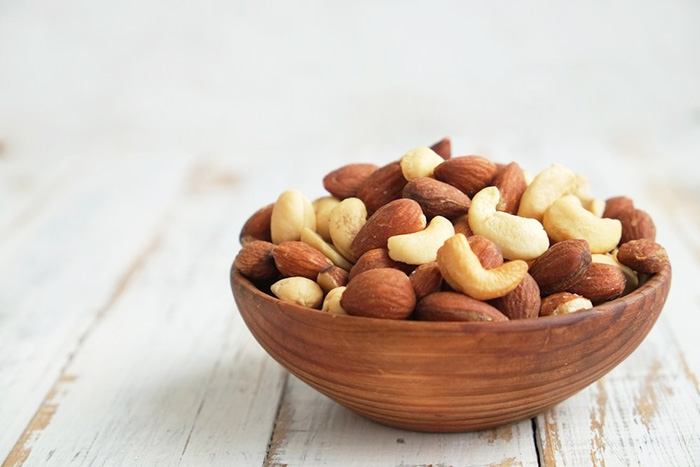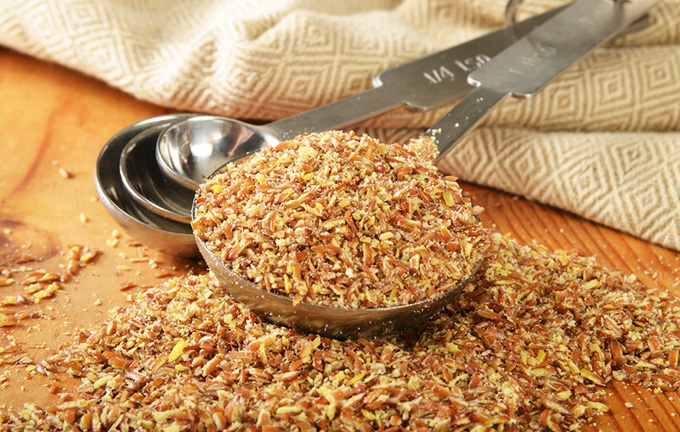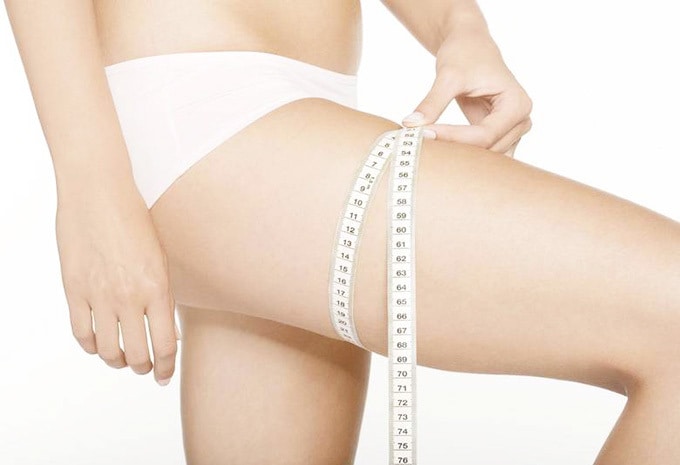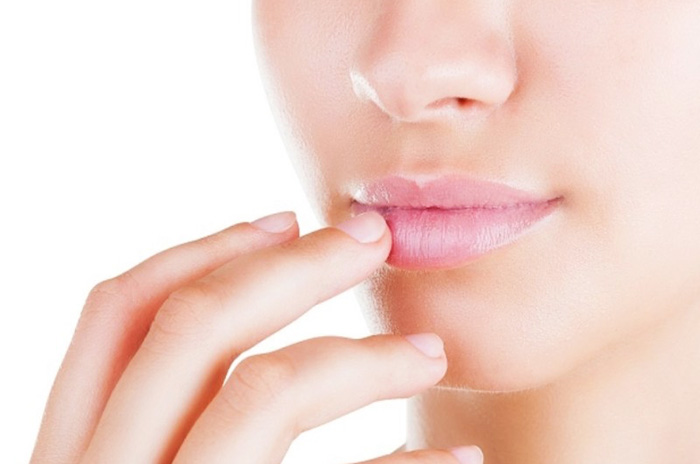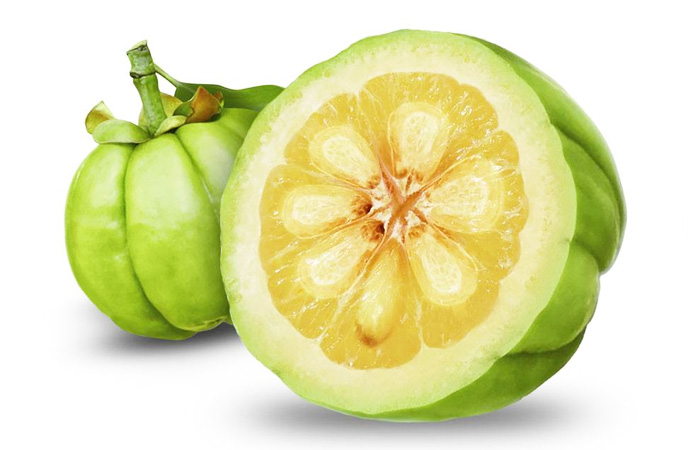In a nutshell, a mucocele (also known as mucous cyst) happens when a salivary gland becomes clogged or injured. It’s usually harmless, and most cases require no medical treatment — it tends to go away on its own. However, there are also cases wherein a mucocele may warrant treatment, especially the kind that’s deeply embedded and tends to return.
A mucocele can be easily mistaken for a cold sore, which is caused by a virus and can be contagious. However, a mucocele is evidently just a blister, and not an ulcer or a sore. But if you’re not sure, it’s a good idea to have your mouth checked by a doctor in order to rule out any serious medical condition that needs prompt treatment.
Cause
Just like what’s mentioned above, a mucocele is due to a salivary gland that is plugged or injured. Experts say that the most common root cause of a mucocele is lip biting. Sometimes accidental biting of the lip or other soft tissues in your mouth can also give rise to the formation of a mucocele.
Having piercings in the mouth can also be regarded as a cause. Some people may develop mucocele upon the use of toothpaste or any other oral care product that contains certain chemicals.
Risk Factors
Just about anyone can end up with a mucocele, regardless of the age and sex. However, experts say that it’s more common in people between 10 to 25 years of age.
People who are not practicing good oral hygiene are at higher risk of developing a mucocele. The same is true for those who are stressed or are suffering from anxiety, and are unknowingly nibbling on their lips or cheeks when their stress levels are high, or are facing situations that make them feel anxious.
Symptoms
A mucocele is characterized by a raised blister on the inner lip or elsewhere in the mouth, such as the inner cheeks. Usually, the blister’s diameter is no more than a centimeter. It is possible for a mucocele to appear bluish.
Most of the time, a mucocele does not cause any pain. But there are instances when it can cause pain and can interfere with eating, drinking or talking. If a mucocele tends to appear on the same spot repeatedly, it’s not unlikely for it to become painful after some time of habitually forming in your mouth.
If a mucocele lies deeper in the mouth tissue, it can certainly be tender. The fluid within, which is usually straw in color, may end up whitish.
Treatment
Usually, a mucocele requires no medical treatment. It tends to heal on its own, especially if it’s superficial. However, it may require medical intervention if a mucocele is recurrent, or is embedded deeper into the mouth tissue.
Laser therapy and cryotherapy are some of the most common medical treatment for a mucocele. Sometimes steroid is injected into the growth to reduce inflammation and accelerate the healing process. A severe mucocele that tends to grow back over and over again may warrant surgical treatment.
Home Remedies
There are a few steps that may be taken at home to speed up the healing of a mucocele. For instance, gargling with salt water (half a tablespoon of salt dissolved in a glass of warm water) may be done to ease the pain and inflammation.
If the mucocele is causing some discomfort when eating, drinking or talking, immediate relief from it may be obtained simply by placing an ice cube over it. Sucking on ice chips is also a good idea. Many people swear by the effectiveness of placing over the mucocele a recently-used tea bag — tannins in it can help with inflammation and pain.
Applying honey, aloe vera gel or turmeric paste (turmeric powder with a few drops of water) on the growth is also known to be a very good home remedy.

